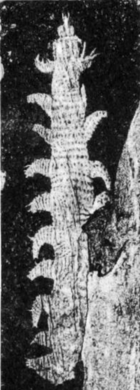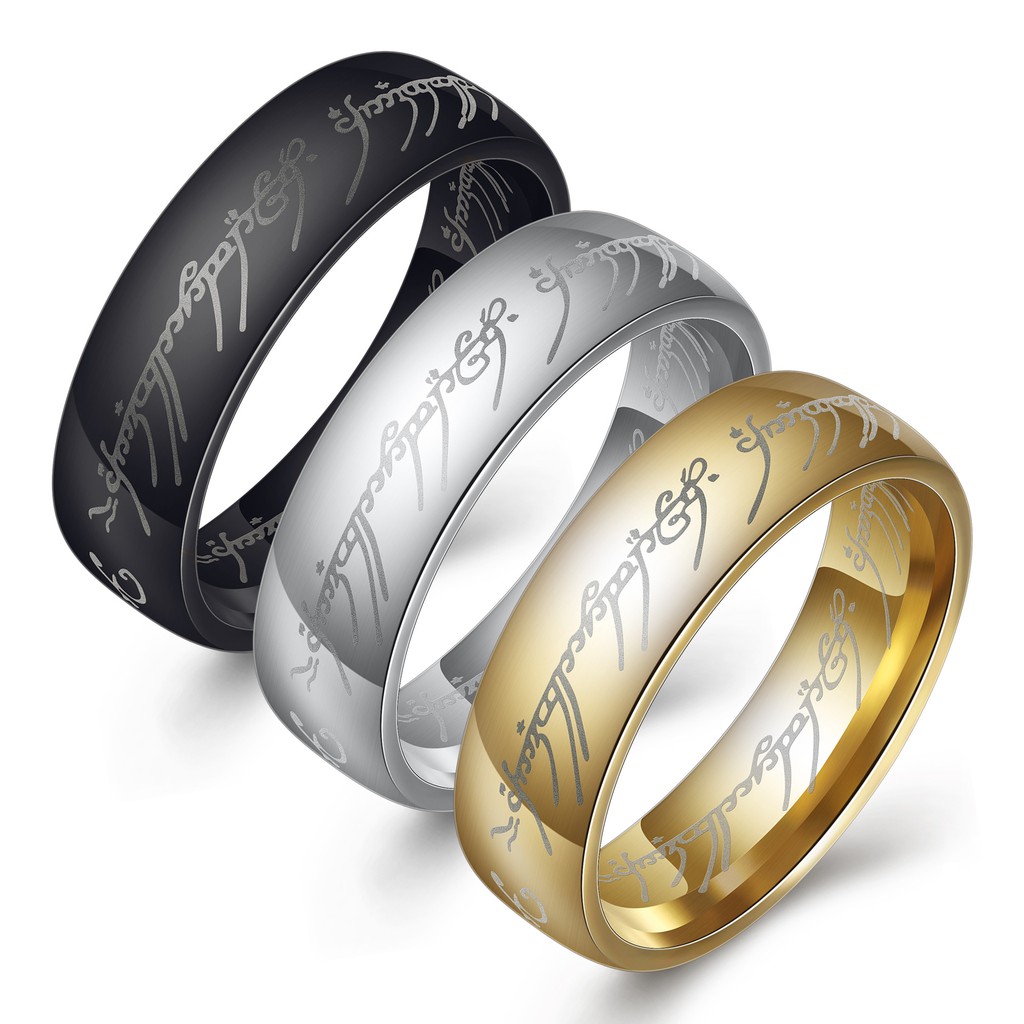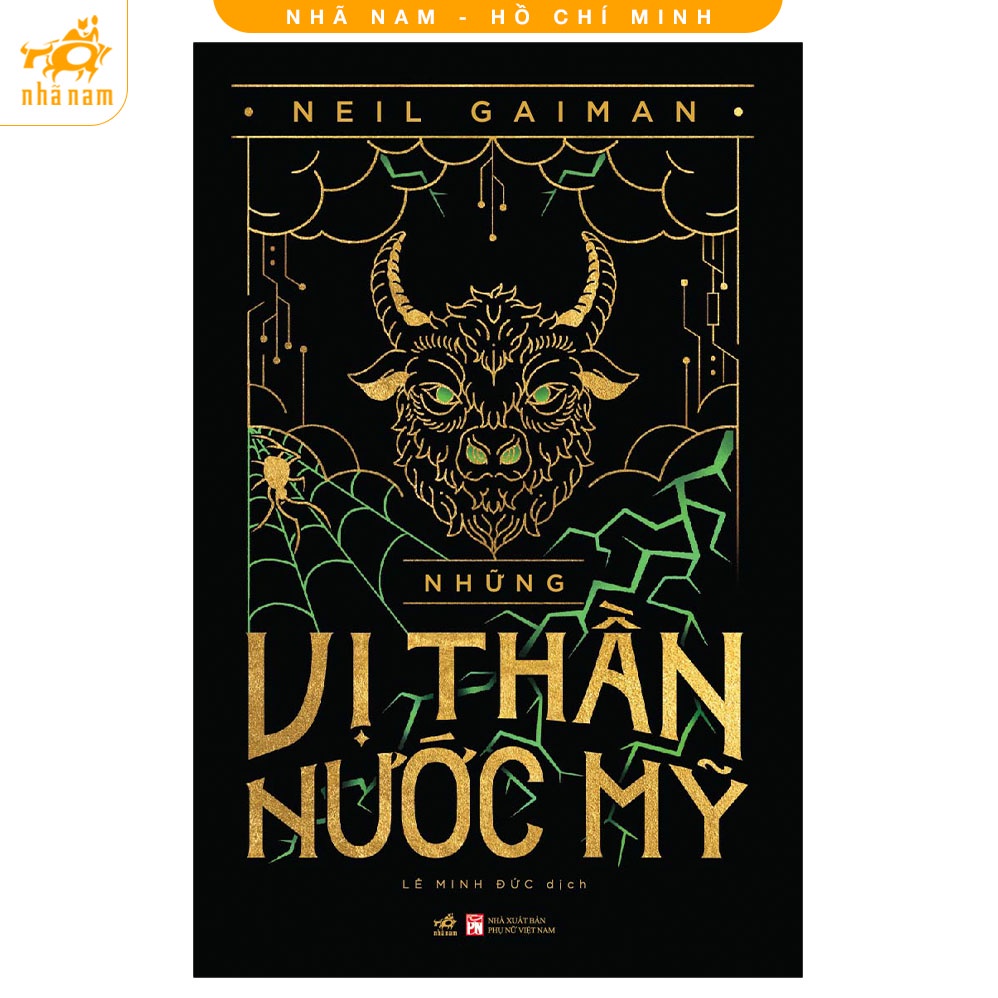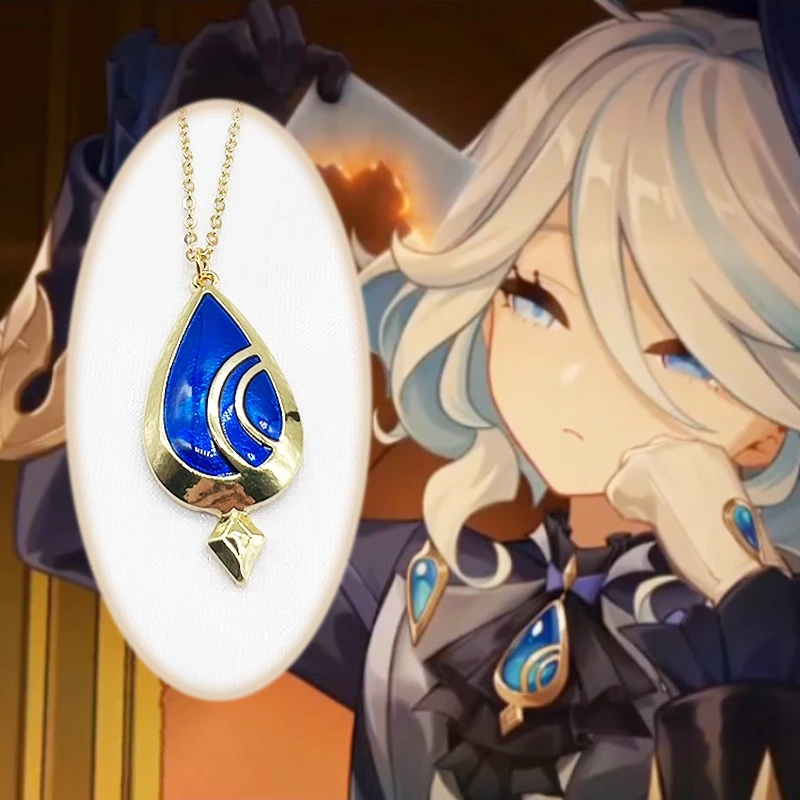Lobopodia
| Lobopodia | |
|---|---|
| Thời điểm hóa thạch: và các đơn vị phân loại khác như: Onychophora, Tardigrada, và Euarthropoda Sinh tồn đến nay | |
 1: Microdictyon sinicum, 2: Diania cactiformis, 3: Collinsovermis monstruosus, 4: Luolishania longicruris, 5: Onychodictyon ferox, 6: Hallucigenia sparsa, 7: Aysheaia pedunculata, 8: Antennacanthopodia gracilis, 9: Facivermis yunnanicus, 10: Paucipodia inermis, 11: Jianshanopodia decora, 12: Hallucigenia fortis | |
| Phân loại khoa học | |
| Giới (regnum) | Animalia |
| Phân giới (subregnum) | Eumetazoa |
| Nhánh | ParaHoxozoa |
| Nhánh | Bilateria |
| Nhánh | Nephrozoa |
| (không phân hạng) | Protostomia |
| Liên ngành (superphylum) | Ecdysozoa |
| (không phân hạng) | Panarthropoda |
| Ngành (phylum) | Lobopodia |
Snodgrass 1938 | |
| Lớp | |
| |
| Danh pháp đồng nghĩa | |
| |
Lobopodia[3] là một ngành của Panarthropoda. Các hóa thạch được biết đến như Hallucigenia[4][5] và Aysheaia.[6]

Phát sinh loài
[sửa | sửa mã nguồn]Phân bố
[sửa | sửa mã nguồn]Trong kỷ Cambri, các loài của ngành Lobopodia đã thể hiện mức độ đa dạng sinh học đáng kể. Trong kỷ Ordovic và kỷ Silur chỉ có một loài được biết, và một số loài cũng biết đến là sống vào kỷ Than Đá.[7][8]
Chi được mô tả
[sửa | sửa mã nguồn]- Antennacanthopodia[9]
- Aysheaia[10]
- Carbotubulus[11]
- Cardiodictyon[12]
- Collinsium[13]
- Collinsovermis[14]
- Diania[15][16]
- Facivermis[17]
- Fusuconcharium[18]
- Hadranax[19]
- Hallucigenia[20][21][22][23]
- Jianshanopodia[24]
- Kerygmachela[25][26][27]
- Lenisambulatrix[28]
- Luolishania[21] (=Miraluolishania)[29][17]
- Megadictyon[30][31]
- Microdictyon[32]
- Onychodictyon[33]
- Orstenotubulus[34]
- Ovatiovermis[35]
- Pambdelurion[36][37][38]
- Paucipodia[39][40]
- Quadratapora[18]
- Siberion[41]
- Thanahita[42]
- Tritonychus[43]
- Xenusion[44]
Xem thêm
[sửa | sửa mã nguồn]Tham khảo
[sửa | sửa mã nguồn]- ^ Haug, J.T.; Mayer, G.; Haug, C.; Briggs, D.E.G. (2012). "A Carboniferous non-Onychophoran Lobopodian reveals long-term survival of a Cambrian morphotype". Current Biology. Quyển 22 số 18. tr. 1673–1675. doi:10.1016/j.cub.2012.06.066. PMID 22885062.
- ^ Dunn, C. W.; Hejnol, A.; Matus, D. Q.; Pang, K.; Browne, W. E.; Smith, S. A.; Seaver, E.; Rouse, G. W.; Obst, M.; Edgecombe, G. D.; Sørensen, M. V.; Haddock, S. H. D.; Schmidt-Rhaesa, A.; Okusu, A.; Kristensen, R. M. B.; Wheeler, W. C.; Martindale, M. Q.; Giribet, G. (ngày 10 tháng 4 năm 2008). "Broad phylogenomic sampling improves resolution of the animal tree of life". Nature. Quyển 452 số 7188. tr. 745–749. doi:10.1038/nature06614. PMID 18322464.
- ^ Snodgrass, R.E. (1938). "Evolution of the Annelida, Onychophora, and Arthropoda". Smithsonian Miscellaneous Collections. 97 (6): 1–159.
- ^ Whittle, R. J.; Gabbott, S. E.; Aldridge, R. J.; Theron, J. (2009). "An Ordovician Lobopodian from the Soom Shale Lagerstätte, South Africa". Palaeontology. 52 (3): 561–567. doi:10.1111/j.1475-4983.2009.00860.x.
- ^ Conway Morris, S. (1977). "A new metazoan from the Cambrian Burgess Shale of British Columbia" (PDF). Palaeontology. 20: 623–640. Bản gốc (PDF) lưu trữ ngày 31 tháng 3 năm 2017. Truy cập ngày 27 tháng 1 năm 2021.
- ^ "Mindat Aysheaia new species".
- ^ von Bitter, P.H.; Purnell, M.A.; Tetreault, D.K.; Stott, C.A. (2007). "Eramosa Lagerstätte—Exceptionally preserved soft-bodied biotas with shallow-marine shelly and bioturbating organisms (Silurian, Ontario, Canada)". Geology. 35 (10): 879. Bibcode:2007Geo....35..879V. doi:10.1130/G23894A.1. S2CID 11561169.
- ^ Whittle, R. J.; Gabbott, S. E.; Aldridge, R. J.; Theron, J. (2009). "An Ordovician Lobopodian from the Soom Shale Lagerstätte, South Africa". Palaeontology. 52 (3): 561–567. doi:10.1111/j.1475-4983.2009.00860.x.
- ^ Ou, Qiang; Liu, Jianni; SHU, DEGAN; Han, Jian; Zhang, Zhifei; Wan, Xiaoqiao; Lei, Qianping (ngày 1 tháng 5 năm 2011). "A Rare Onychophoran-Like Lobopodian from the Lower Cambrian Chengjiang Lagerstätte, Southwestern China, and its Phylogenetic Implications". Journal of Paleontology. 85 (3): 587–594. doi:10.1666/09-147R2.1. JSTOR 23020193. S2CID 53056128.
- ^ Whittington, Harry Blackmore (ngày 16 tháng 11 năm 1978). "The Lobopod Animal Aysheaia Pedunculata Walcott, Middle Cambrian, Burgess Shale, British Columbia". Philosophical Transactions of the Royal Society of London. B, Biological Sciences. 284 (1000): 165–197. Bibcode:1978RSPTB.284..165W. doi:10.1098/rstb.1978.0061.
- ^ Haug, J.T.; Mayer, G.; Haug, C.; Briggs, D.E.G. (2012). "A Carboniferous non-Onychophoran Lobopodian reveals long-term survival of a Cambrian morphotype". Current Biology. 22 (18): 1673–1675. doi:10.1016/j.cub.2012.06.066. PMID 22885062.
- ^ Xianguang, Hou; Ramsköld, Lars; Bergström, Jan (1991). "Composition and preservation of the Chengjiang fauna –a Lower Cambrian soft-bodied biota". Zoologica Scripta (bằng tiếng Anh). 20 (4): 395–411. doi:10.1111/j.1463-6409.1991.tb00303.x. ISSN 1463-6409. S2CID 85077111.
- ^ Yang, Jie; Ortega-Hernández, Javier; Gerber, Sylvain; Butterfield, Nicholas J.; Hou, Jin-bo; Lan, Tian; Zhang, Xi-guang (ngày 14 tháng 7 năm 2015). "A superarmored lobopodian from the Cambrian of China and early disparity in the evolution of Onychophora". Proceedings of the National Academy of Sciences (bằng tiếng Anh). 112 (28): 8678–8683. Bibcode:2015PNAS..112.8678Y. doi:10.1073/pnas.1505596112. ISSN 0027-8424. PMC 4507230. PMID 26124122.
- ^ Caron, Jean-Bernard; Aria, Cédric (2020). "The Collins' monster, a spinous suspension-feeding lobopodian from the Cambrian Burgess Shale of British Columbia". Palaeontology (bằng tiếng Anh). 63 (6): 979–994. doi:10.1111/pala.12499. ISSN 1475-4983. S2CID 225593728.
- ^ Ma, Xiaoya; Edgecombe, Gregory; Legg, David; Hou, Xianguang (ngày 8 tháng 5 năm 2013). "The morphology and phylogenetic position of the Cambrian lobopodian Diania cactiformis". Journal of Systematic Palaeontology. 12 (4): 445–457. doi:10.1080/14772019.2013.770418. S2CID 220463025.
- ^ Liu, Jianni; Steiner, Michael; Dunlop, Jason A.; Keupp, Helmut; Shu, Degan; Ou, Qiang; Han, Jian; Zhang, Zhifei; Zhang, Xingliang (tháng 2 năm 2011). "An armoured Cambrian lobopodian from China with arthropod-like appendages". Nature (bằng tiếng Anh). 470 (7335): 526–530. Bibcode:2011Natur.470..526L. doi:10.1038/nature09704. ISSN 1476-4687. PMID 21350485. S2CID 4324509.
- ^ a b Howard, Richard J.; Hou, Xianguang; Edgecombe, Gregory D.; Salge, Tobias; Shi, Xiaomei; Ma, Xiaoya (ngày 27 tháng 2 năm 2020). "A Tube-Dwelling Early Cambrian Lobopodian". Current Biology (bằng tiếng Anh). 30 (8): 1529–1536.e2. doi:10.1016/j.cub.2020.01.075. ISSN 0960-9822. PMID 32109391.
- ^ a b Zhang, Xi-Guang; Aldridge, Richard J. (2007). "Development and Diversification of Trunk Plates of the Lower Cambrian Lobopodians". Palaeontology (bằng tiếng Anh). 50 (2): 401–415. doi:10.1111/j.1475-4983.2006.00634.x. ISSN 1475-4983.
- ^ BUDD, G. E., PEEL, J. S. (1998). A new xenusiid lobopod from the Early Cambrian Sirius Passet fauna of North Greenland. Palaeontology, 41, 6, 1201–1213.
- ^ Ramsköld, L.; Xianguang, Hou (1991). "New early Cambrian animal and onychophoran affinities of enigmatic metazoans". Nature (bằng tiếng Anh). 351 (6323): 225–228. Bibcode:1991Natur.351..225R. doi:10.1038/351225a0. ISSN 1476-4687. S2CID 4309565.
- ^ a b HOU, XIANGUANG; BERGSTRÖM, JAN (ngày 1 tháng 5 năm 1995). "Cambrian lobopodians-ancestors of extant onychophorans?". Zoological Journal of the Linnean Society. 114 (1): 3–19. doi:10.1111/j.1096-3642.1995.tb00110.x. ISSN 0024-4082.
- ^ Steiner, M.; Hu, S.X.; Liu, J.; Keupp, H. (ngày 2 tháng 2 năm 2012). "A new species of Hallucigenia from the Cambrian Stage 4 Wulongqing Formation of Yunnan (South China) and the structure of sclerites in lobopodians". Bulletin of Geosciences: 107–124. doi:10.3140/bull.geosci.1280. ISSN 1802-8225.
- ^ Smith, Martin R.; Caron, Jean-Bernard (tháng 7 năm 2015). "Hallucigenia's head and the pharyngeal armature of early ecdysozoans". Nature (bằng tiếng Anh). 523 (7558): 75–78. Bibcode:2015Natur.523...75S. doi:10.1038/nature14573. ISSN 0028-0836. PMID 26106857. S2CID 205244325.
- ^ Jianni Liu; Degan Shu; Jian Han; Zhifei Zhang & Xingliang Zhang (2006). "A large xenusiid lobopod with complex appendages from the Lower Cambrian Chengjiang Lagerstätte" (PDF). Acta Palaeontol. Pol. 51 (2): 215–222. Truy cập ngày 9 tháng 2 năm 2011.
- ^ Budd, Graham (tháng 8 năm 1993). "A Cambrian gilled lobopod from Greenland". Nature (bằng tiếng Anh). 364 (6439): 709–711. Bibcode:1993Natur.364..709B. doi:10.1038/364709a0. ISSN 1476-4687. S2CID 4341971.
- ^ Budd, Graham E. (1998). "The morphology and phylogenetic significance of Kerygmachela kierkegaardi Budd (Buen Formation, Lower Cambrian, N Greenland)". Earth and Environmental Science Transactions of the Royal Society of Edinburgh (bằng tiếng Anh). 89 (4): 249–290. doi:10.1017/S0263593300002418. ISSN 1473-7116.
- ^ Park, Tae-Yoon S.; Kihm, Ji-Hoon; Woo, Jusun; Park, Changkun; Lee, Won Young; Smith, M. Paul; Harper, David A. T.; Young, Fletcher; Nielsen, Arne T. (ngày 9 tháng 3 năm 2018). "Brain and eyes of Kerygmachela reveal protocerebral ancestry of the panarthropod head". Nature Communications (bằng tiếng Anh). 9 (1): 1019. Bibcode:2018NatCo...9.1019P. doi:10.1038/s41467-018-03464-w. ISSN 2041-1723. PMC 5844904. PMID 29523785.
- ^ Ou, Qiang; Mayer, Georg (ngày 1 tháng 12 năm 2018). "A Cambrian unarmoured lobopodian, †Lenisambulatrix humboldti gen. et sp. nov., compared with new material of †Diania cactiformis". Scientific Reports. 8 (1): 13667. Bibcode:2018NatSR...813667O. doi:10.1038/s41598-018-31499-y. PMC 6147921. PMID 30237414.
- ^ Ma, Xiaoya; Hou, Xianguang; Bergström, Jan (2009). "Morphology of Luolishania longicruris (Lower Cambrian, Chengjiang Lagerstätte, SW China) and the phylogenetic relationships within lobopodians". Arthropod Structure & Development (bằng tiếng Anh). 38 (4): 271–291. doi:10.1016/j.asd.2009.03.001. ISSN 1467-8039. PMID 19293001.
- ^ Luo, H. L., Hu, S. X. & Chen, L. Z. Early Cambrian Chengjiang Fauna from Kunming Region, China. 129 (Yunnan Science and Technology Press, 1999).
- ^ Liu, J.; Shu, D.; Han, J.; Zhang, Z.; Zhang, X. (2007). "Morpho-anatomy of the lobopod Magadictyon cf. Haikouensis from the Early Cambrian Chengjiang Lagerstätte, South China". Acta Zoologica. 88 (4): 279–288. doi:10.1111/j.1463-6395.2007.00281.x.
- ^ Chen, J.Y., Zhou, G.Q., Ramsköld, L. (1995a). The Cambrian lobopodian Microdictyon sinicum. Bulletin of the National Museum of Natural Science 5, 1–93 (Taichung, Taiwan).
- ^ Ou, Qiang; Shu, Degan; Mayer, Georg (ngày 11 tháng 12 năm 2012). "Cambrian lobopodians and extant onychophorans provide new insights into early cephalization in Panarthropoda". Nature Communications (bằng tiếng Anh). 3 (1): 1261. Bibcode:2012NatCo...3.1261O. doi:10.1038/ncomms2272. ISSN 2041-1723. PMC 3535342. PMID 23232391.
- ^ Maas, Andreas; Mayer, Georg; Kristensen, Reinhardt M.; Waloszek, Dieter (ngày 1 tháng 12 năm 2007). "A Cambrian micro-lobopodian and the evolution of arthropod locomotion and reproduction". Chinese Science Bulletin (bằng tiếng Anh). 52 (24): 3385–3392. Bibcode:2007ChSBu..52.3385M. doi:10.1007/s11434-007-0515-3. ISSN 1861-9541. S2CID 83993887.
- ^ Caron, Jean-Bernard; Aria, Cédric (ngày 31 tháng 1 năm 2017). "Cambrian suspension-feeding lobopodians and the early radiation of panarthropods". BMC Evolutionary Biology. 17 (1): 29. doi:10.1186/s12862-016-0858-y. ISSN 1471-2148. PMC 5282736. PMID 28137244.
{{Chú thích tập san học thuật}}: Quản lý CS1: DOI truy cập mở nhưng không được đánh ký hiệu (liên kết) - ^ Fortey, Richard A.; Thomas, Richard H. (ngày 31 tháng 12 năm 1997). Arthropod Relationships (bằng tiếng Anh). Springer Science & Business Media. ISBN 978-0-412-75420-3.
- ^ Young, Fletcher J.; Vinther, Jakob (2017). "Onychophoran-like myoanatomy of the Cambrian gilled lobopodian Pambdelurion whittingtoni" (PDF). Palaeontology (bằng tiếng Anh). 60 (1): 27–54. doi:10.1111/pala.12269. ISSN 1475-4983.
- ^ Vinther, Jakob; Porras, Luis; Young, Fletcher; Budd, Graham; Edgecombe, Gregory (ngày 1 tháng 9 năm 2016). "The mouth apparatus of the Cambrian gilled lobopodian Pambdelurion whittingtoni". Palaeontology. 59 (6): 841–849. doi:10.1111/pala.12256. hdl:1983/16da11f1-5231-4d6c-9968-69ddc5633a8a.
- ^ Jun-yuan, Chen; Gui-qing, Zhou; Ramsköld, Lars (1994). "A new Early Cambrian onychophoran-like animal, Paucipodia gen. nov., from the Chengjiang fauna, China". Earth and Environmental Science Transactions of the Royal Society of Edinburgh (bằng tiếng Anh). 85 (4): 275–282. doi:10.1017/S0263593300002042. ISSN 1473-7116.
- ^ Hou, Xian-Guang; Ma, Xiao-Ya; Zhao, Jie; Bergström, Jan (2004). "The lobopodian Paucipodia inermis from the Lower Cambrian Chengjiang fauna, Yunnan, China". Lethaia. 37 (3): 235–244. doi:10.1080/00241160410006555.
- ^ Dzik, Jerzy (ngày 1 tháng 7 năm 2011). "The xenusian-to-anomalocaridid transition within the lobopodians" (PDF). Bollettino della Societa Paleontologica Italiana. 50: 65–74. Bản gốc (PDF) lưu trữ 11 tháng 12 2021. Truy cập 10 tháng 5 2022.
- ^ Siveter, Derek J.; Briggs, Derek E. G.; Siveter, David J.; Sutton, Mark D.; Legg, David (2018). "A three-dimensionally preserved lobopodian from the Herefordshire (Silurian) Lagerstätte, UK". Royal Society Open Science. 5 (8): 172101. doi:10.1098/rsos.172101. PMC 6124121. PMID 30224988.
- ^ Zhang, Xi-Guang; Smith, Martin R.; Yang, Jie; Hou, Jin-Bo (2016). "Onychophoran-like musculature in a phosphatized Cambrian lobopodian". Biology Letters (bằng tiếng Anh). 12 (9): 20160492. doi:10.1098/rsbl.2016.0492. ISSN 1744-9561. PMC 5046927. PMID 27677816.
- ^ Dzik, Jerzy; Krumbiegel, Günter (1989). "The oldest 'onychophoran' Xenusion: a link connecting phyla?". Lethaia (bằng tiếng Anh). 22 (2): 169–181. doi:10.1111/j.1502-3931.1989.tb01679.x. ISSN 1502-3931.
Chúng tôi bán
![[Sách] Những cô em gái - Nguyễn Nhật Ánh](https://down-ws-vn.img.susercontent.com/15910be8b1f00f27ed5c124482bcbcfd.webp) GIẢM
13%
GIẢM
13%
34.800 ₫
40.000 ₫
 GIẢM
40%
GIẢM
40%
5.584 ₫
9.359 ₫
 GIẢM
20%
GIẢM
20%
200.000 ₫
250.000 ₫
 GIẢM
30%
GIẢM
30%
35.000 ₫
50.000 ₫
 GIẢM
30%
GIẢM
30%
28.000 ₫
40.000 ₫




